The Merry-Go-Round vs. Ferris Wheel Rotation
Let’s start with a simple analogy. I like to refer to hip rotation as the “merry-go-round rotation” versus the “Ferris wheel rotation.” In the backswing, your chin should rest on a glass tabletop, and as you transition into the downswing, your head should remain underneath a ceiling. This concept is vital; maintaining that chin position helps keep your posture intact throughout the swing.
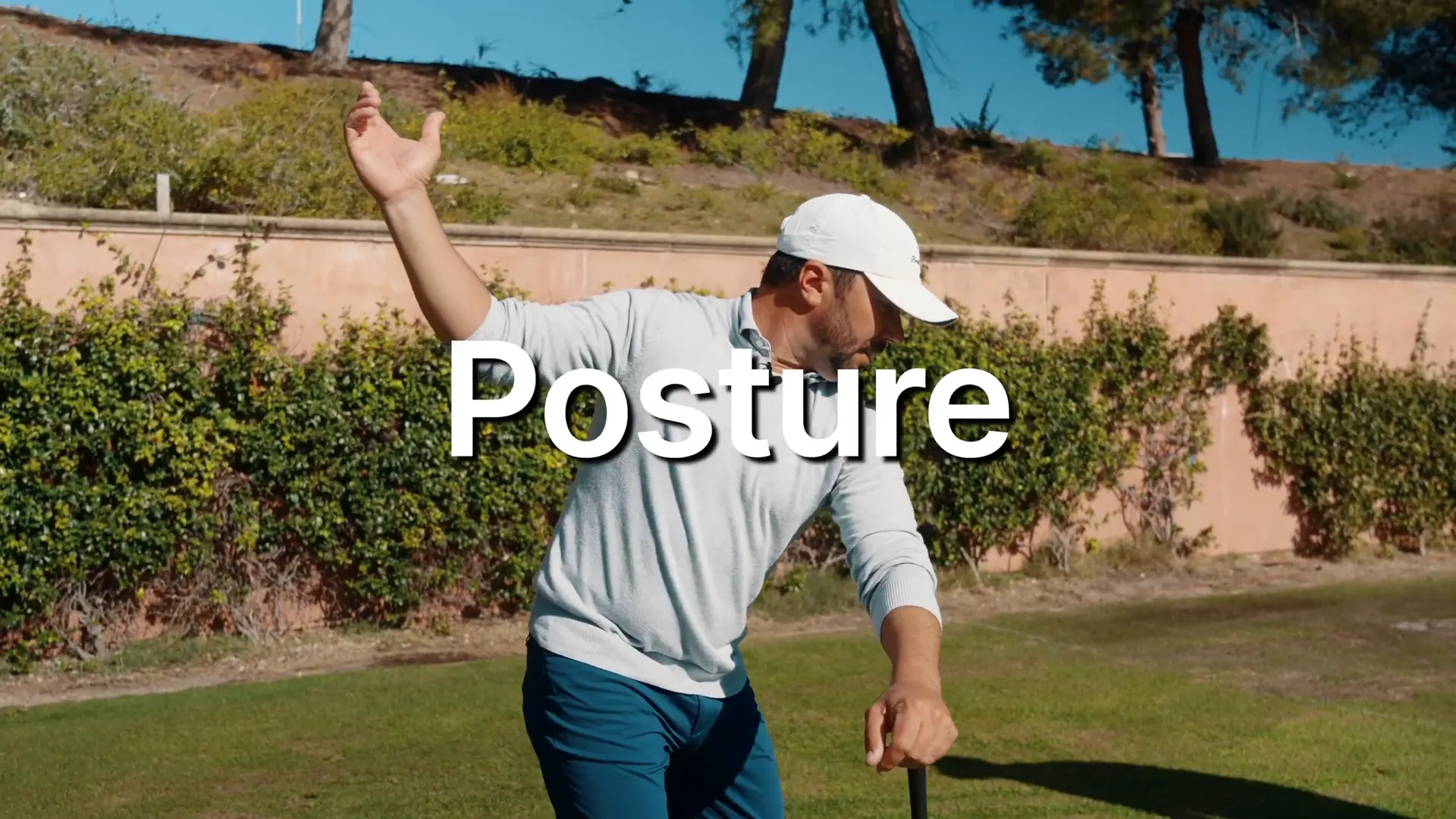
By pushing the handle away during your swing, you maintain width and connection, which is essential for a consistent shot. This is something that I emphasize with my students; it’s about keeping that connection as you move through your swing.
Observing Good Technique
Take a look at Gavin Gurch’s swing, a freshman at Creighton University. His head stays perfectly still throughout the downswing, which is a testament to good hip movement. Notice how his right knee gets pulled back as his left hip moves back, demonstrating effective hip rotation. This is how we can keep our spine in a stable position while executing a swing.
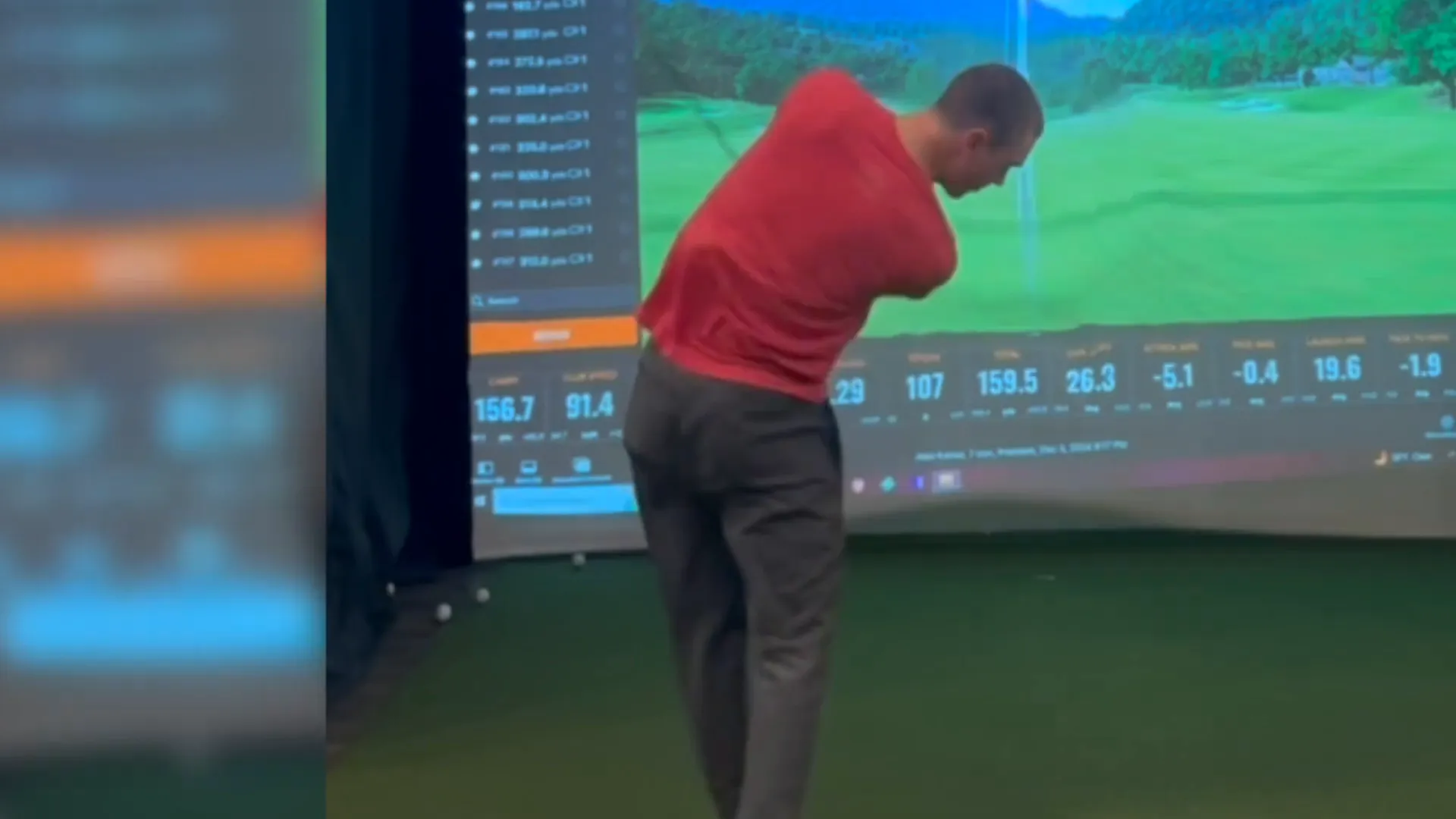
When you rotate your hips correctly, your belt buckle should turn around your body’s equator, which helps maintain your spine angle. That left pocket should rise while the right shoulder dips, allowing for a powerful and controlled swing.
The Importance of Staying Over the Ball
Now, let’s discuss a practical drill that emphasizes staying over the golf ball. When hitting off a lie that’s significantly lower than your feet, you must keep your chest down to make effective contact. This drill forces you to stay over the ball, improving your compression and overall strike. I remember doing around 400 of these drills in one session, and the results were incredible.
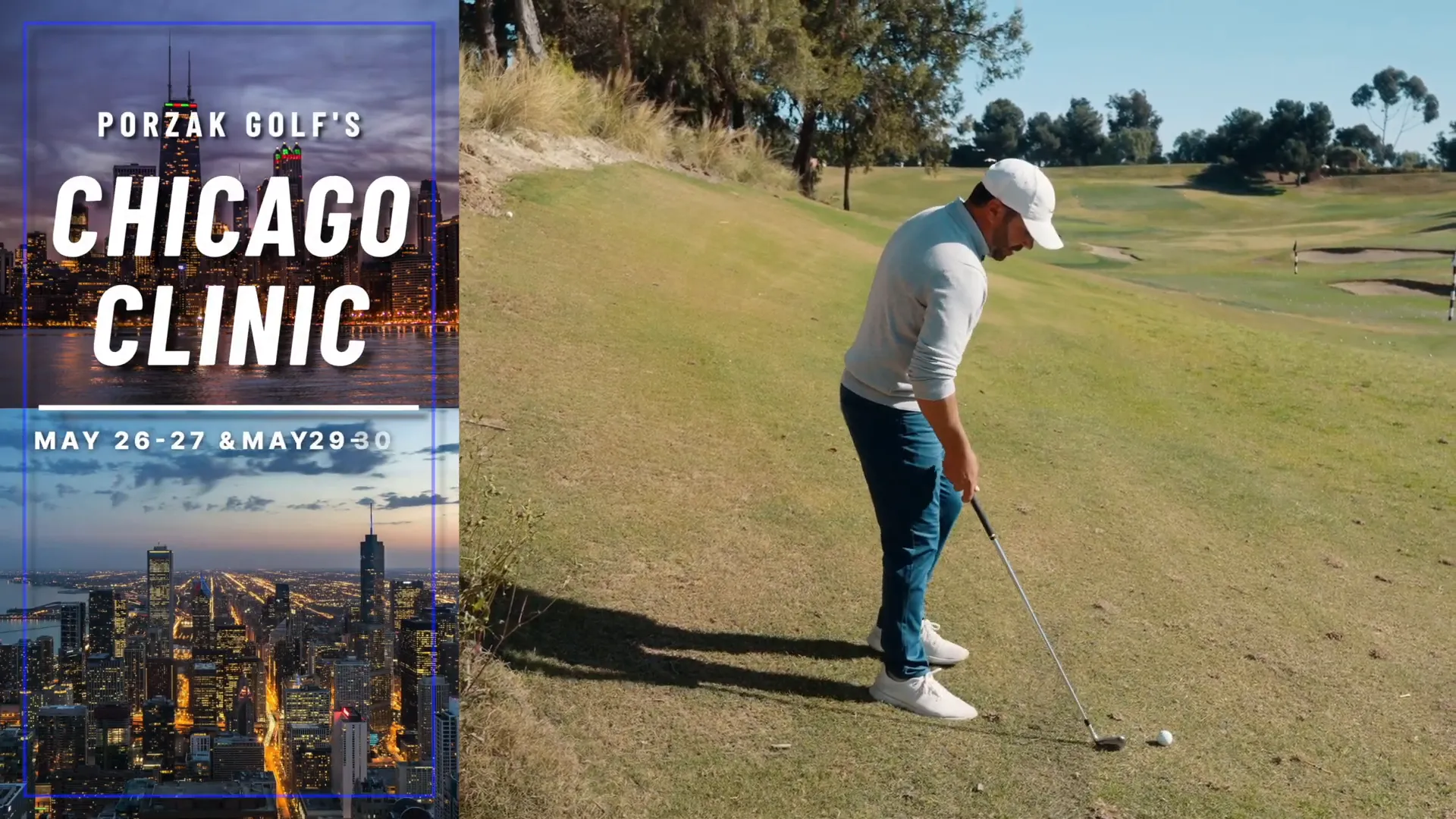
It’s all about the angle of your swing. The more you practice this, the more natural it becomes to stay over the ball. This is a common sense approach: if you hit 50 of these shots, you will naturally learn to position your body better over the ball.
Understanding Arm Length and Club Positioning
Another critical point to consider is how your arm length relates to your body height. For instance, I stand at 5’7″, but my wingspan is 6’1″. This difference influences how I position my hands during the swing. For me, having the butt of the club below my belt is ideal, while others may need to adjust based on their arm length.
When fitting clubs, it’s essential to consider these personal adjustments. If your wingspan does not match your height, the club’s positioning must adapt. This understanding can prevent common swing flaws.
Maintaining Spine Angle and Posture
During the swing, it’s crucial to maintain your spine angle. If you push down with your body, you risk losing that angle. Instead, keep your chin on that glass tabletop and push the handle away, ensuring width and connection.
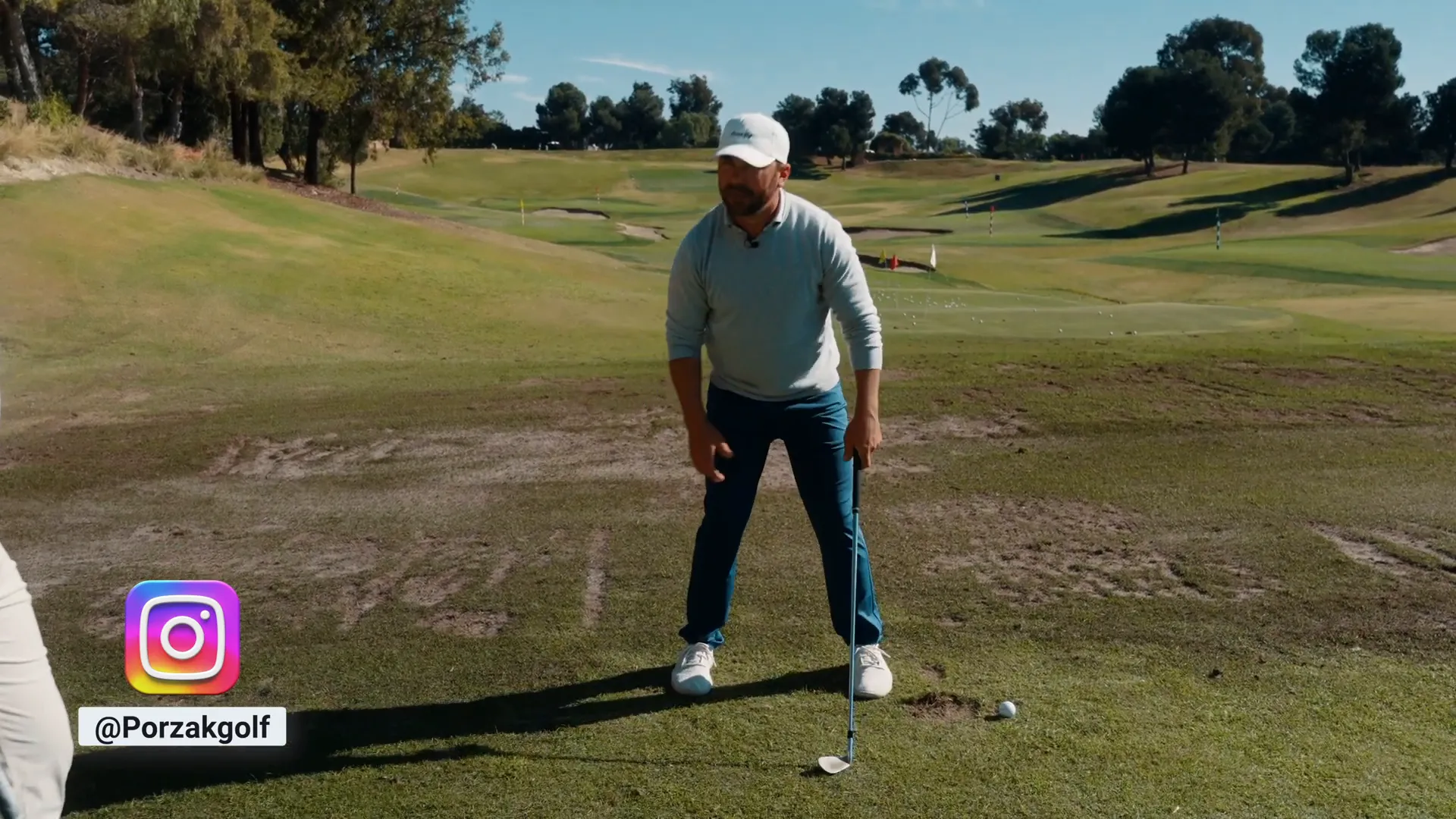
Watch how the hips stay back and how low the shaft remains during the swing. This is a function of maintaining that spine angle. Your lead hip should get far behind your right hip, allowing for a fluid motion throughout the swing.
Final Thoughts on Posture and Club Fitting
As we wrap up, remember that club fitting should complement your natural swing mechanics. Instead of fitting clubs to flaws, aim for a setup that encourages proper posture and movement.
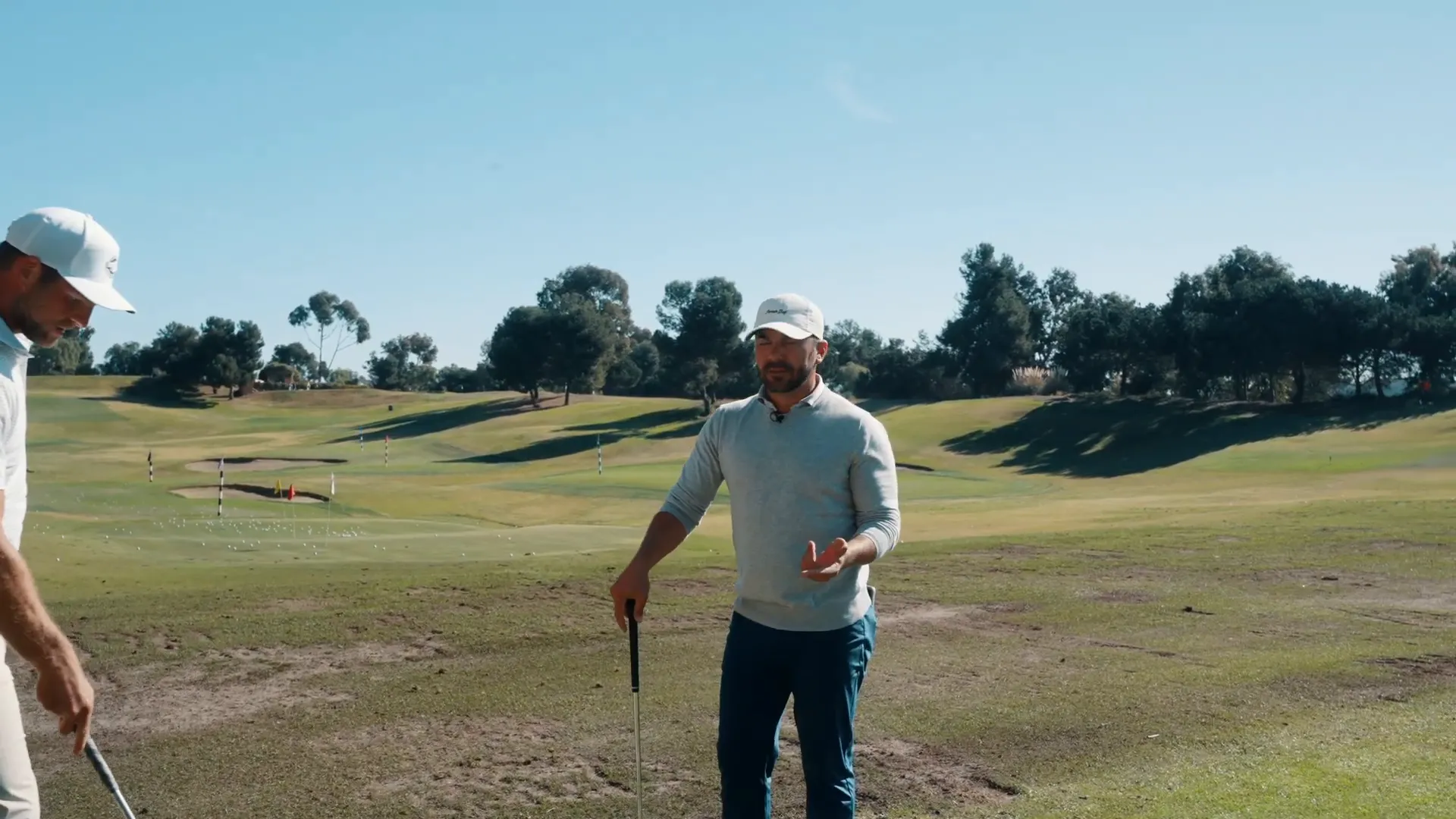
At Porzak Golf, we focus on developing consistent golf swings through simplicity. Our Full Swing Master Class is designed to guide you step-by-step in improving your golf swing and posture. Join others who have transformed their game by understanding these fundamental principles.
By mastering your hip rotation and maintaining your posture, you’ll see significant improvements in your performance on the course. So get out there, practice these techniques, and watch your game elevate!

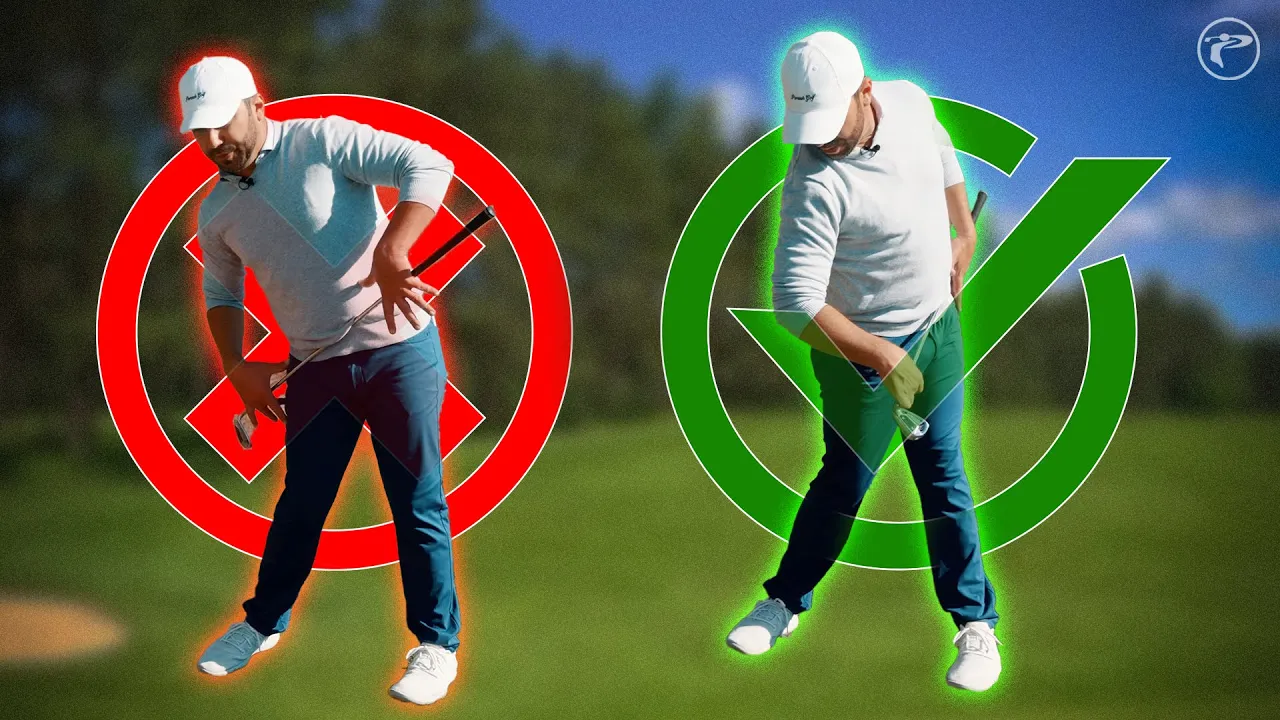
0 Comments